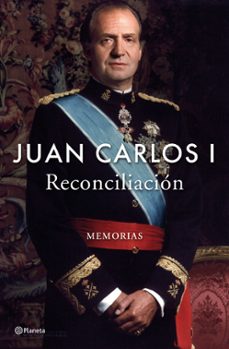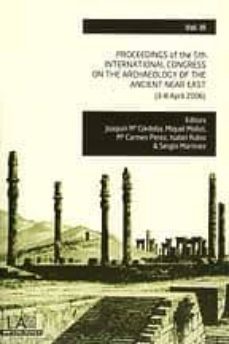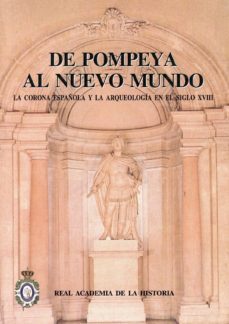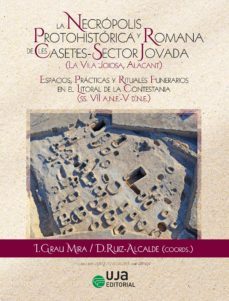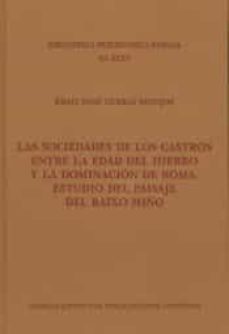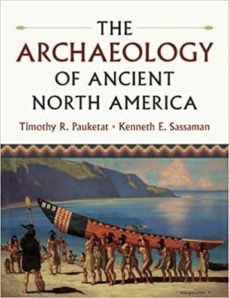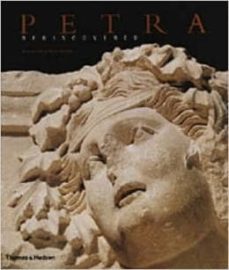Libros de Arqueología, página 3 de 158
DORMAN, PETER y BRIER, BOB
KRAUS PRINT 9780811544696
Otros
UNIVERSIDAD AUTONOMA DE MADRID 9788483441404
Tapa blanda
REAL ACADEMIA DE LA HISTORIA 9788415069386
Tapa blanda
Real Academia de la Historia 9788415069522
Tapa blanda
AUTOR-EDITOR 9788461153022
Tapa dura
UNIVERSIDAD DE JAEN. SERVICIO DE PUBLICACIONES E INTERCAMBIO 9788491594857
Otros
Editorial Universidad de Jaén 9788491594444
Tapa dura
Editorial de la Universidad de Huelva 9788417776008
Tapa blanda
BLAZQUEZ MARTINEZ, J. Mª y REMESAL RODRIGUEZ, J.
Publicacions i Edicions de la Universitat de Barcelona 9788447542451
Tapa blanda
REAL ACADEMIA DE LA HISTORIA 9788415069690
Tapa blanda
HARRIS, DIANE
OXFORD UNIVERSITY PRESS 9780198149408
Tapa dura
MANNING, J.G.
CAMBRIDGE UNIVERSITY PRESS 9780521819244
Tapa blanda
PASQUINUCCI, MARINELLA y TREMENT, FREDERIC (EDS.)
OXBOW BOOKS 9781900188746
Tapa dura
CURRAS REFOJOS, BRAIS XOSE
Consejo Superior de Investigaciones Científicas 9788400105921
Otros
CONSEJO SUPERIOR DE INVESTIGACIONES CIENTIFICAS 9788400083458
Tapa blanda
CAMBRIDGE UNIVERSITY PRESS 9780521746274
Tapa blanda
MARKOE, GLENN
THAMES AND HUDSON LTD 9780500051269
Tapa dura
AUTOR-EDITOR 9788460440710
Tapa blanda
WINTER, NANCY A.
OXFORD UNIVERSITY PRESS 9780198147947
Tapa dura


